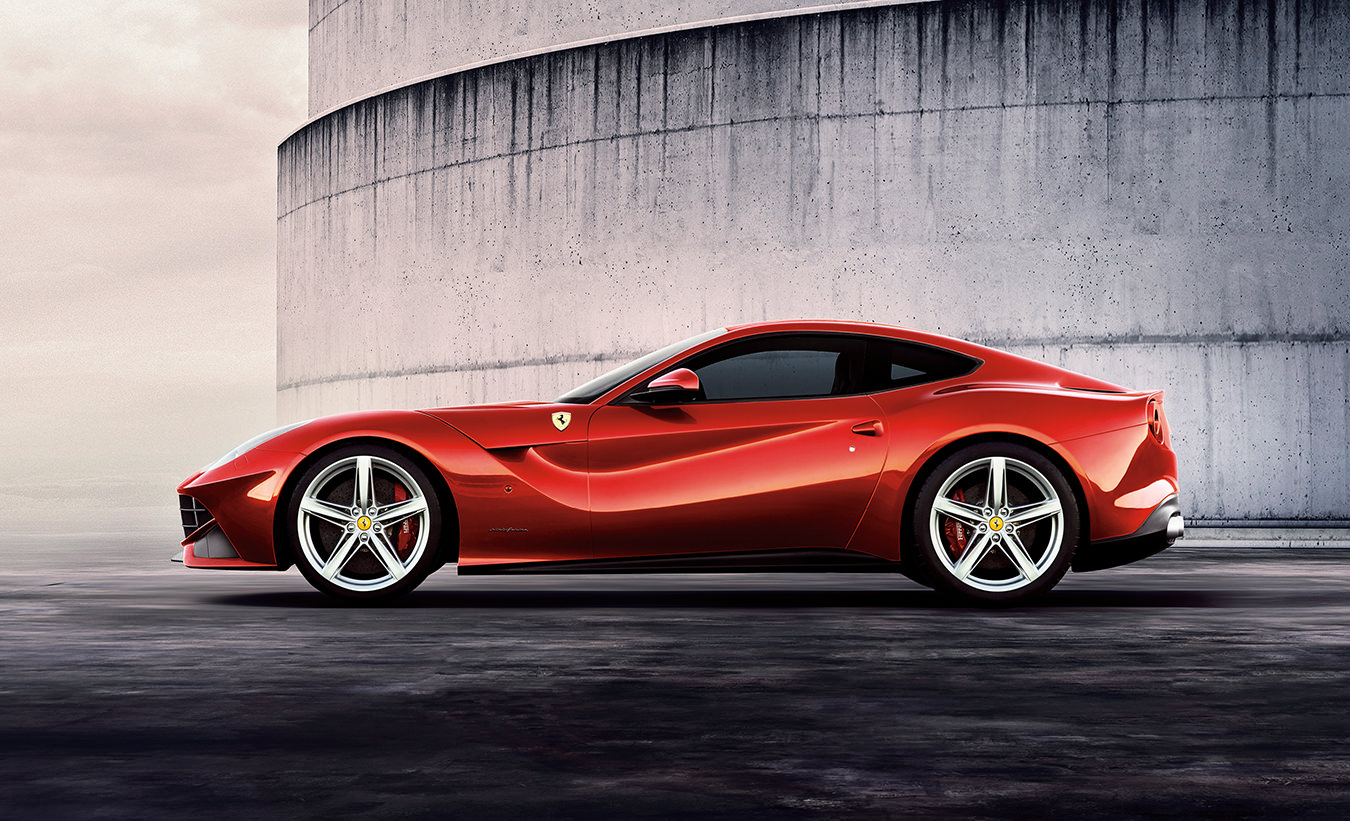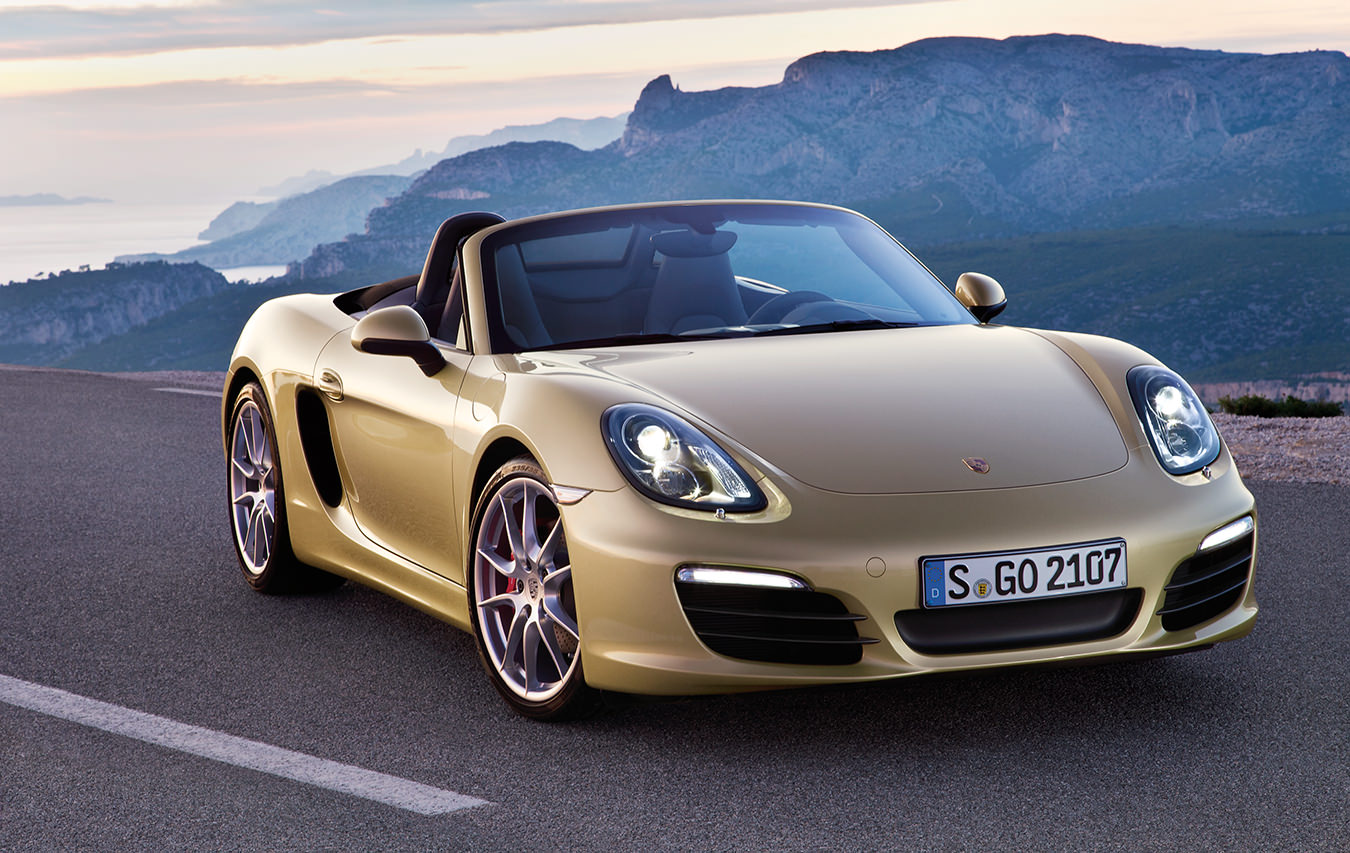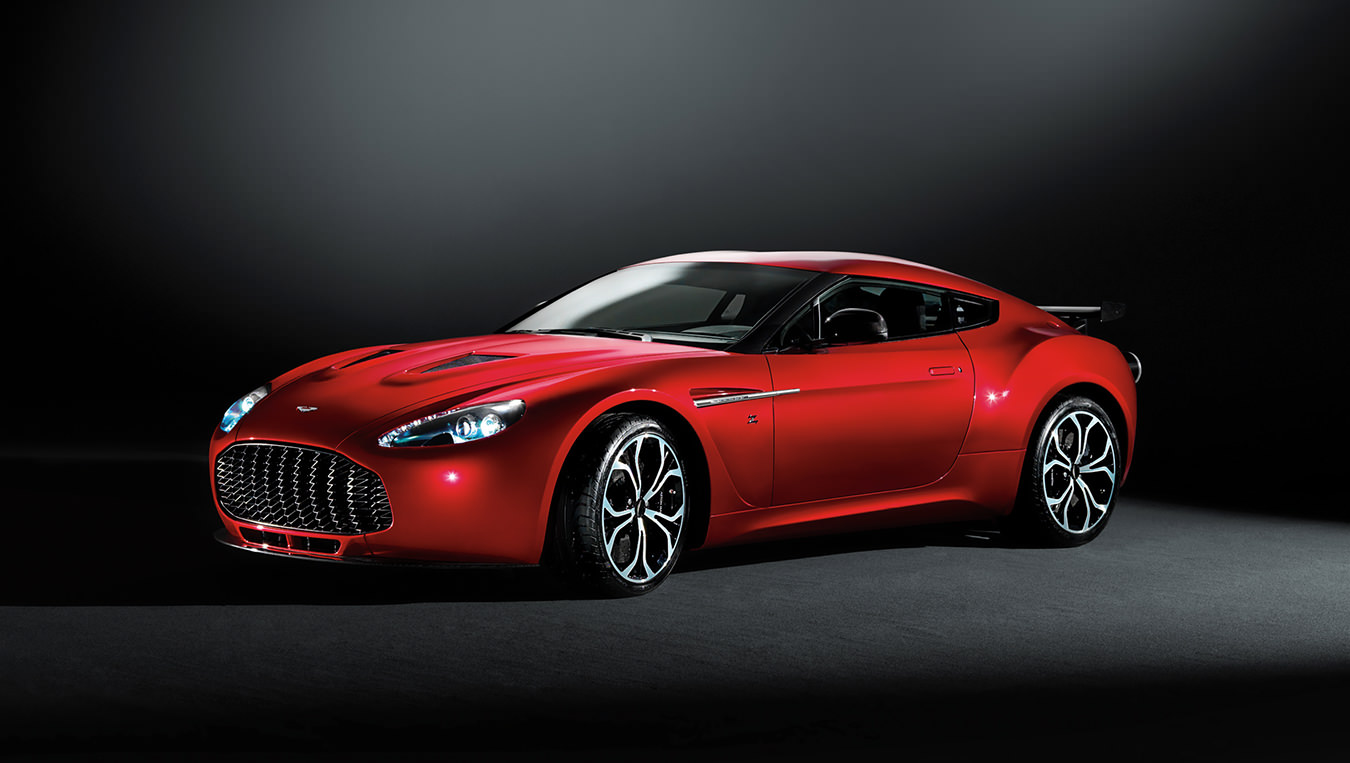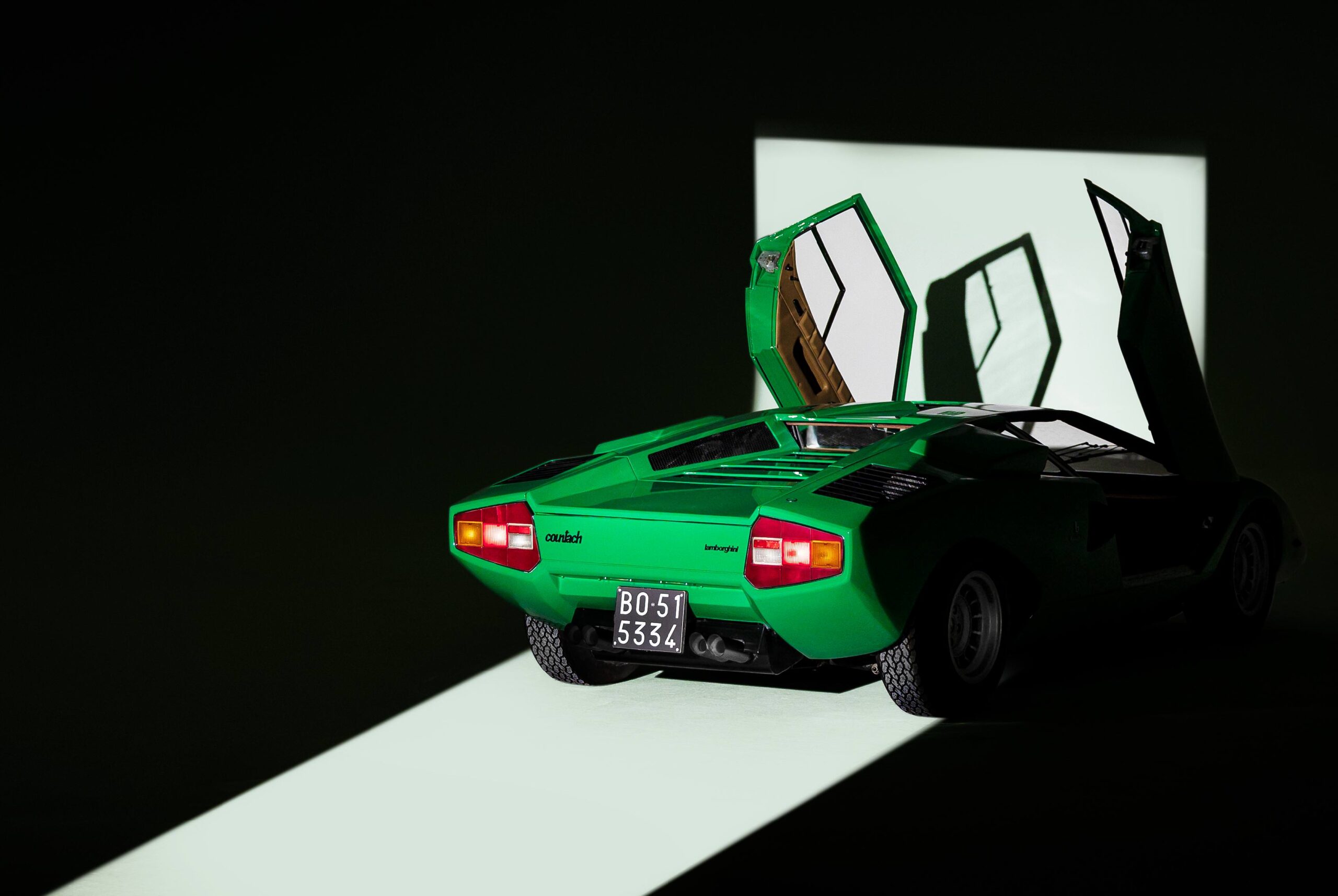
The classic Countach, captured by Italian automotive photographer Davide De Martis on the occasion of the supercar’s 50-year anniversary.
Celebrating 50 Years of the Lamborghini Countach
The supercar that exudes style and performance.
Let’s jump into our time machine and go back 50 years to the 1971 Geneva Motor Show. On the pedestal is the gorgeous Miura SV, the car that put Lamborghini on the map with elegant style and world-class performance. And next to it, the automaker has posed a vehicle that will define its vision for the future: the bold and stunning Countach.
While the Miura paved the way for mid-engine, rear-wheel-drive vehicles and made the Italian automaker a household name, the Countach ensured the next generations would have something to drool over for years. It’s fair to say that mission was successful, as the Countach was a quintessential part of the automotive conversation from the 1970s to the 1990s. Fifty years after its debut, it still influences the brand’s direction.
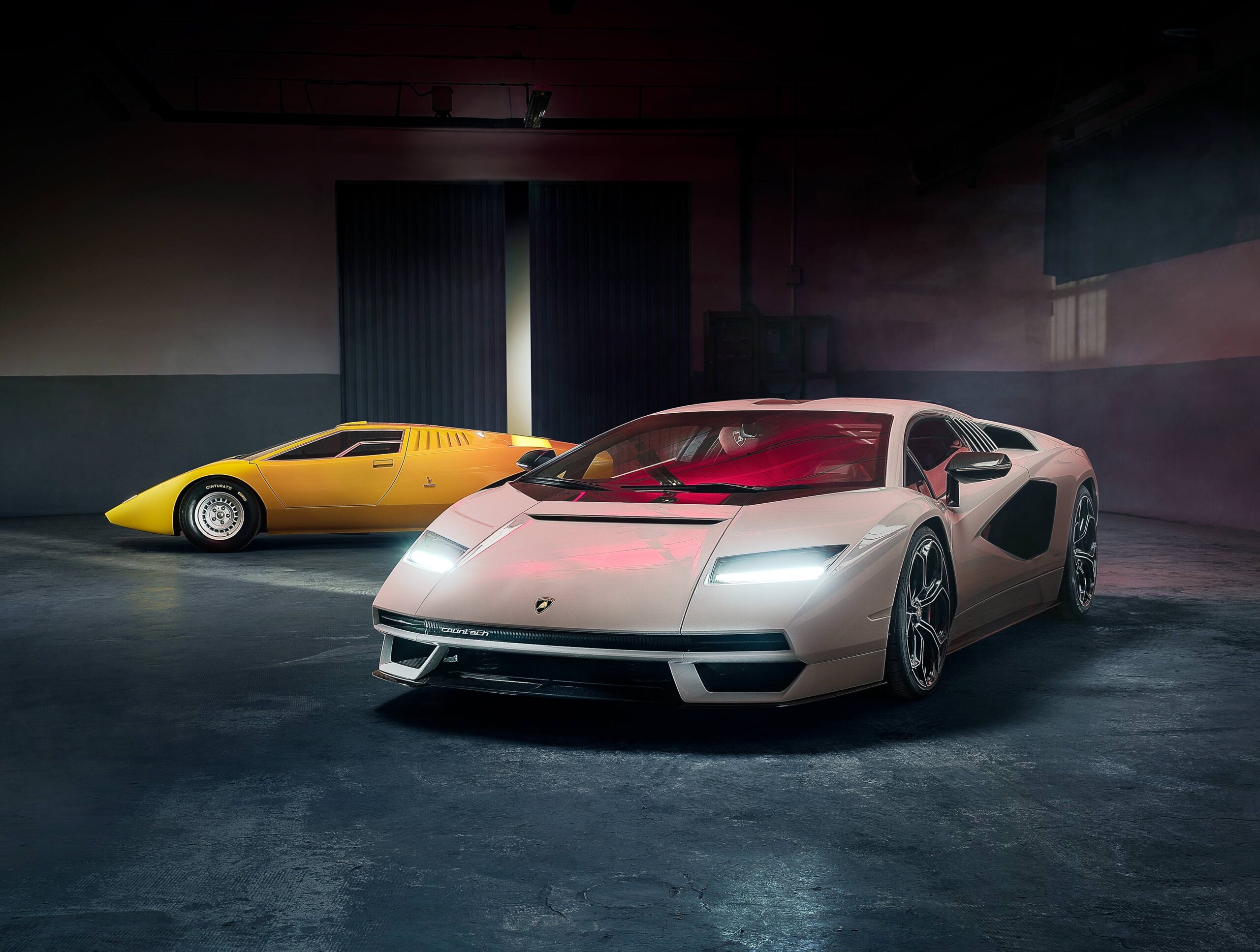
The LPI 800-4 (foreground), with a limited production of 112 vehicles, marks a new era and continuation of the Countach. In the background, an original model.
Up front, the car features a minimal bumper with hidden intakes, but anyone will tell you that one of the signatures of the Countach is the pop-up headlights. It lived through three decades and never looked old. The profile sports a few equally standout design elements, including the triangular ducts that span the doors and rear fenders. Massive air intake pods protrude out of the bodywork on the rear haunches. The initial prototype lacked these pods, but the Countach we know and love just wouldn’t be complete without them.
Perhaps the most enduring aspect of the Countach is the scissor doors, which open upward to make entry and exit easier. The Countach was the first vehicle with this feature. With a wide body, large door sills, and limited rearward visibility, the scissor doors were actually a critical part of reversing the supercar into a parking spot. Just lift the door, sit on the sill, and guide your pricey machine into your parking spot. Intuitive or not, scissor doors became a signature of Lamborghini flagship cars, appearing on the Diablo, Murciélago, and Aventador, as well as other limited-edition concepts and one-offs. Seeing scissor doors in action today is an event, but imagine how mind-blowing it was back in the 1970s.
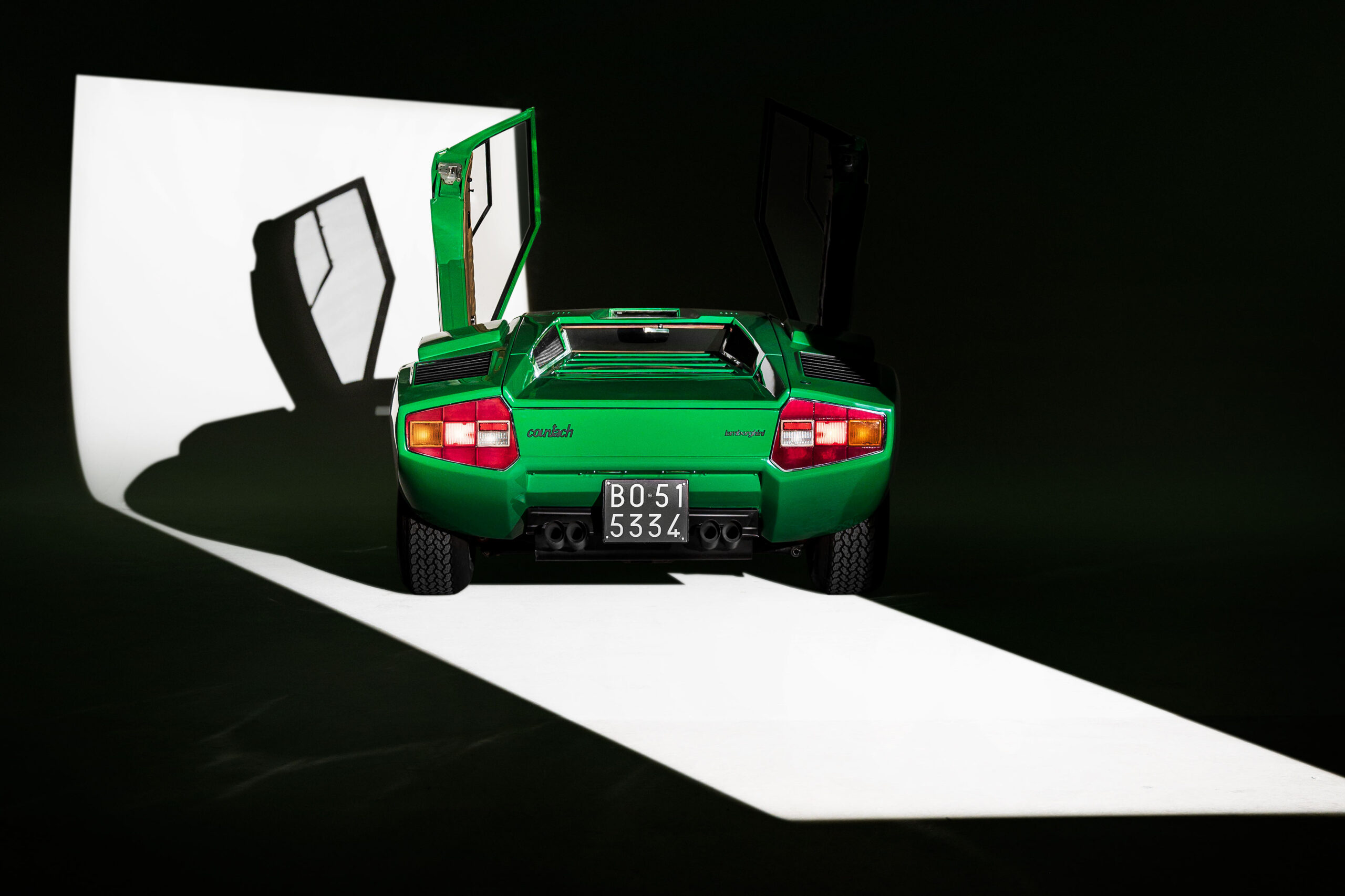
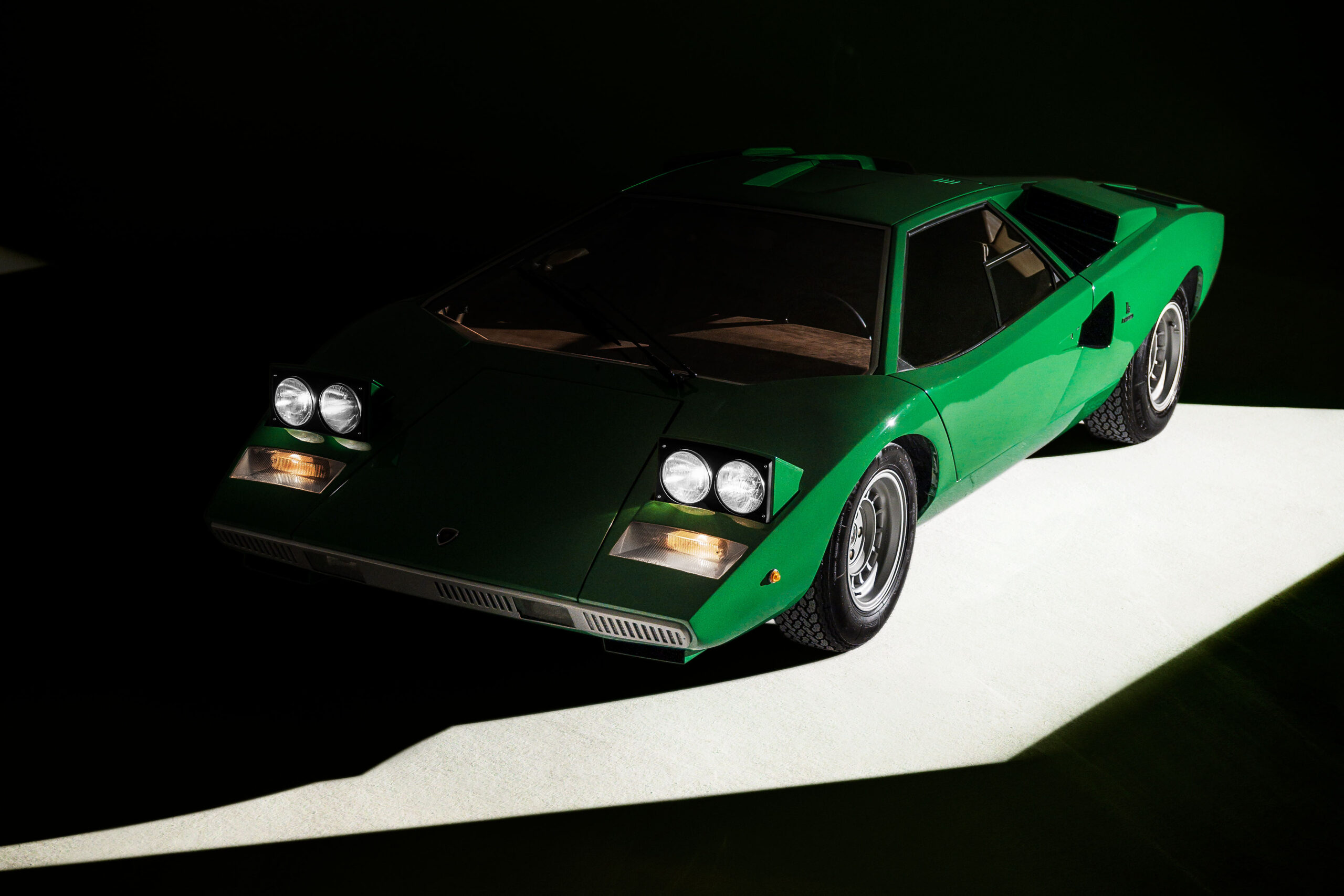
When the car finally hit the road in 1974 as the LP 400, it packed a 3.9-litre V12 engine that sat just behind the driver. This motor put out 370 horsepower and 266 lb-ft of torque, and in the 1980s the automaker introduced a 4.8-litre engine that featured more torque. Later, a 5.2-litre entered the bay with 449 horsepower and 369 lb-ft of torque. Power was sent to the rear wheels via a five-speed manual transmission, and if managed correctly, those early models could hit 100 kilometres an hour from a standstill in just 5.3 seconds, while the later models pulled off that trick a full second faster.
The Miura is often credited as the prototypical supercar, combining an ideally balanced mid-engine layout with magnetic styling. But the Countach managed to take Lamborghini’s previous success with the Miura and turn it into a trend that continued for the next 50 years. Although fewer than 2,000 Countachs were produced between 1974 and 1990, the influence is immeasurable. Its style and performance earned it a place on the silver screen in such movies as Cannonball Run and Speed Zone and even defined the era in later films like The Wolf of Wall Street and Kung Fury. How can customers and enthusiasts not expect things like unconventional design, scissor doors, and world-class V12 performance following fame like that?
When the name was revived for a new, limited-production Lamborghini in 2021, enthusiasts were perturbed. It seemed unlike the Italian supercar maker to recycle the name of its previous flagship. “The Countach redefined the high-performance car sector, and it has become an iconic representation of the style features that, still today, guide the creation of contemporary Lamborghinis,” said Stephan Winkelmann, president and CEO of Automobili Lamborghini during the 70th Concours d’Elegance in Pebble Beach, California.
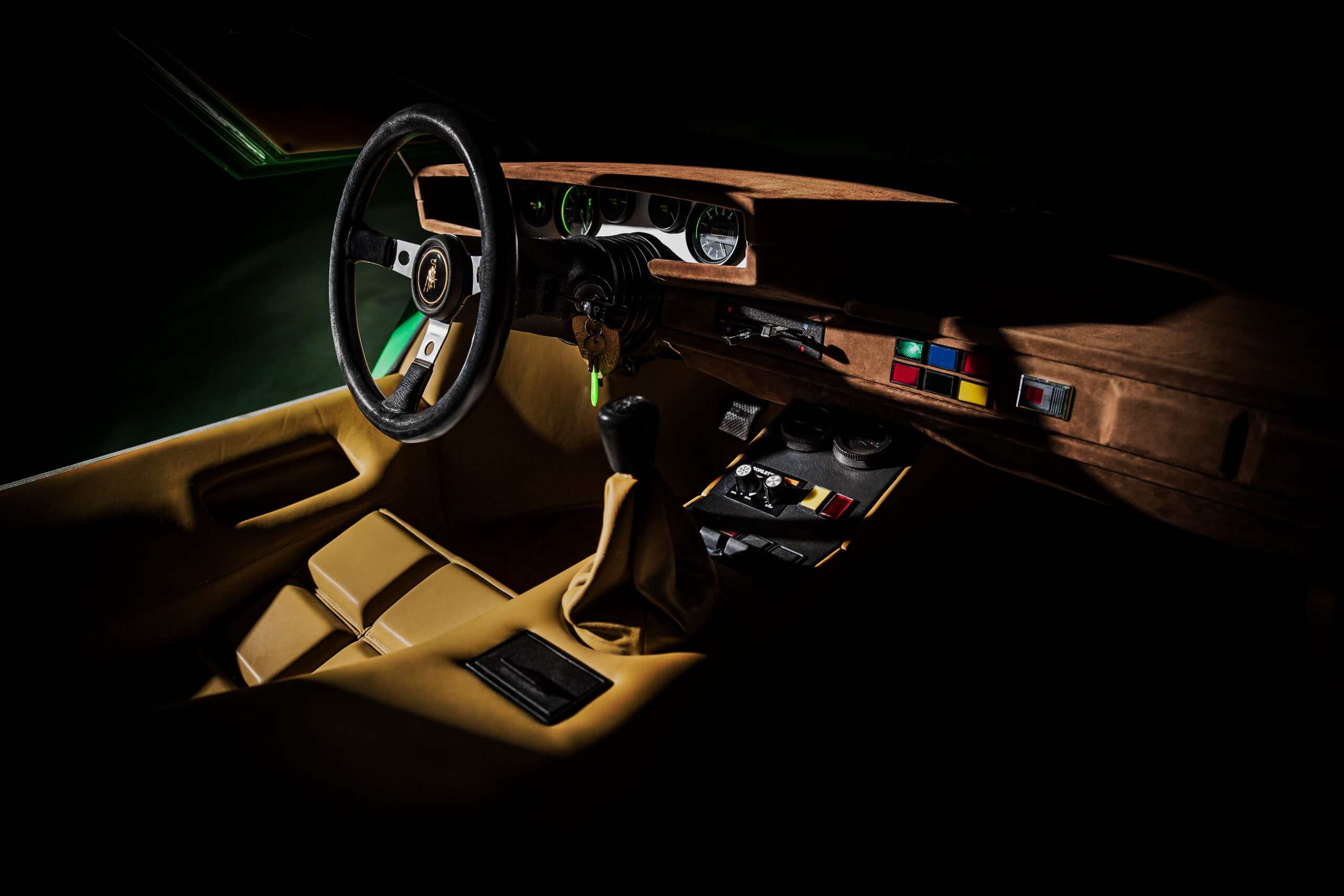
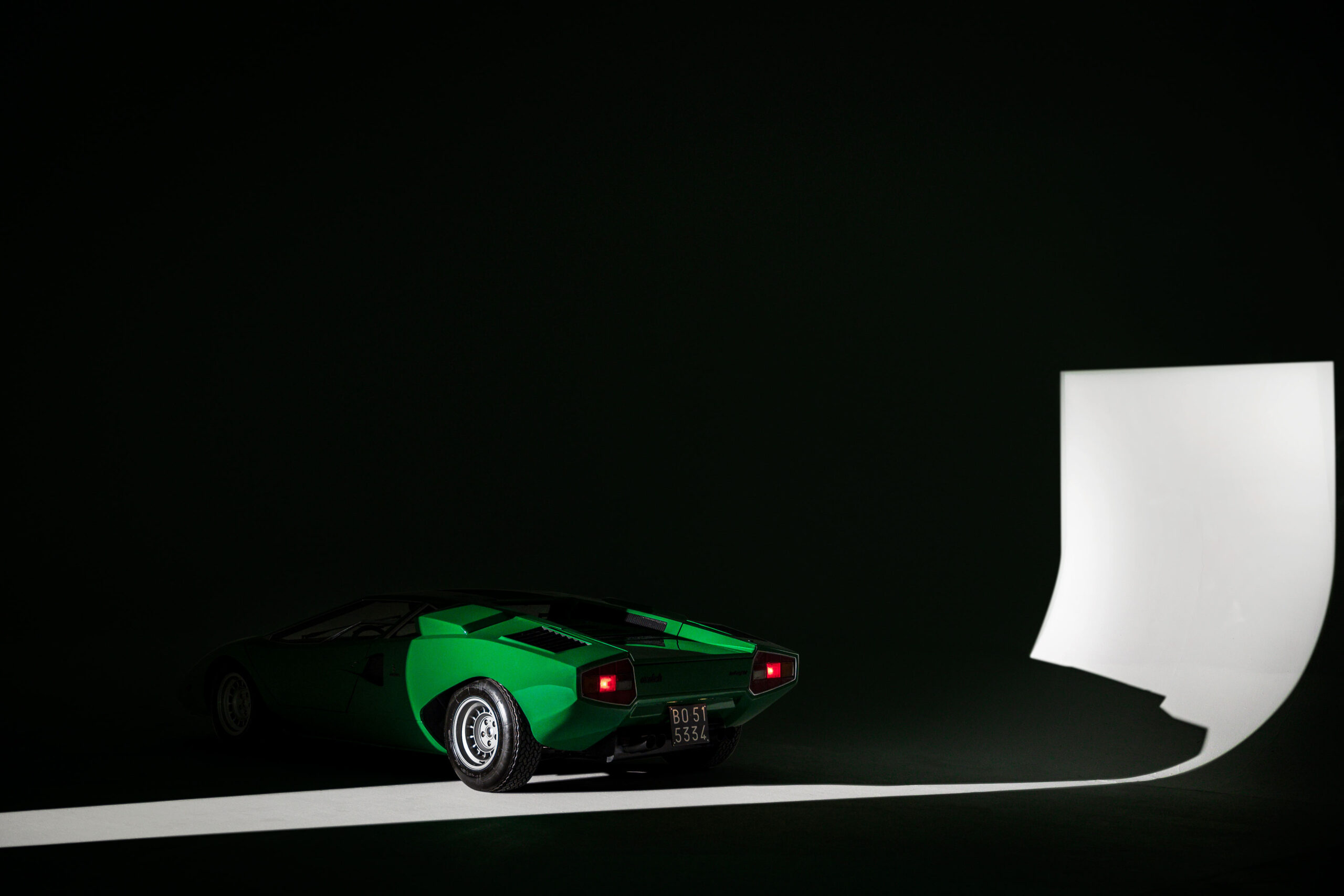
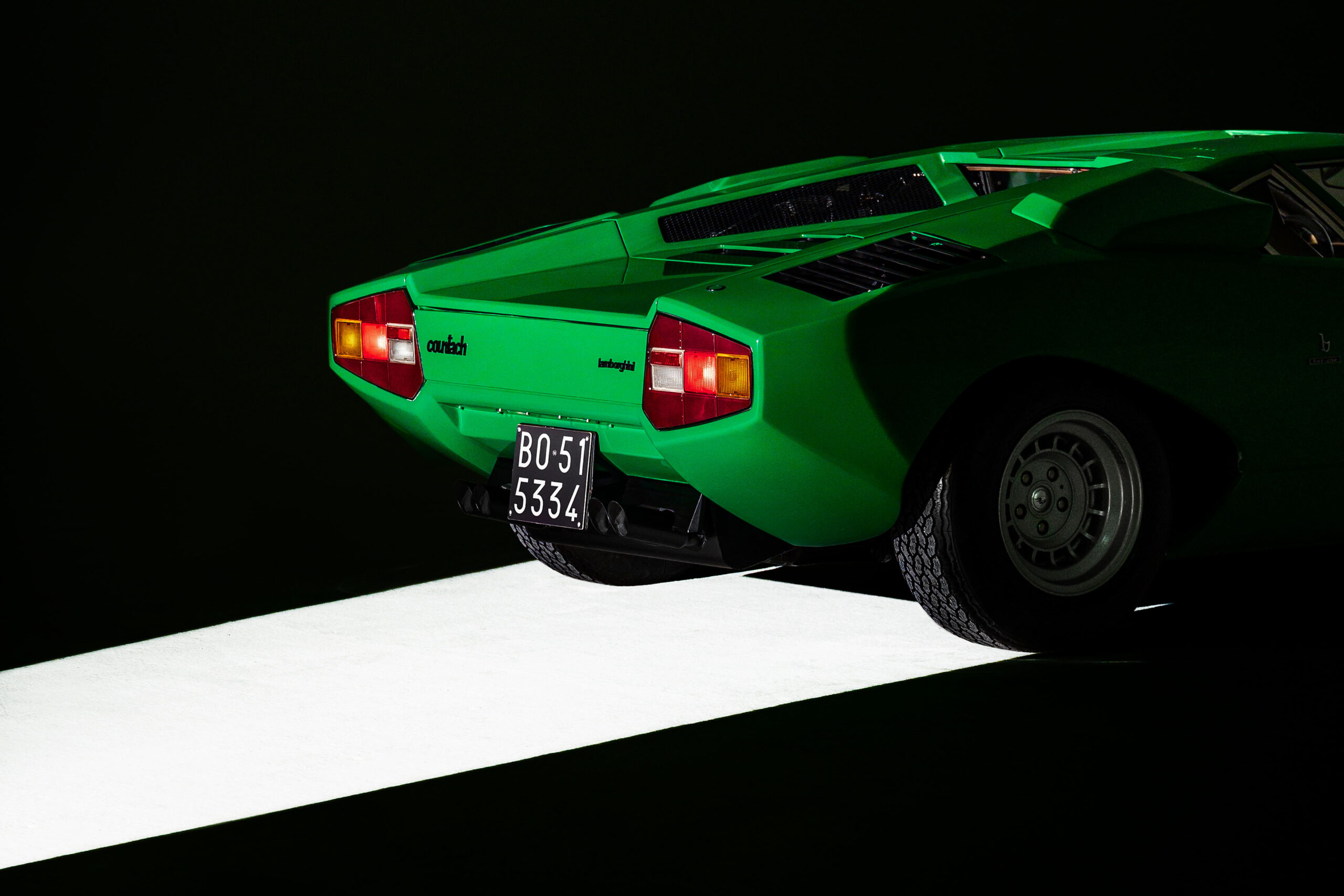
But the new model, known as the Countach LPI 800-4, is worthy of the Countach name thanks to a combination of throwback styling and futuristic performance. Just 112 examples of this new creation will be made, and each one will sport world-class performance thanks to a V12 engine that’s infused with a supercapacitor enabling electric powertrain.
“The Countach LPI 800-4 is a visionary car of the moment, just as its forerunner was,” Winkelmann observed during the reveal. “The Countach LPI 800-4 pays homage to this Lamborghini legacy but it is not retrospective: it imagines how the iconic Countach of the ’70s and ’80s might have evolved into an elite super sports model of this decade. It upholds the Lamborghini tradition of looking forward, of exploring new design and technology avenues while celebrating the DNA of our brand.”
As the Countach lands in customers’ hands this year, time will tell if the automaker is just reminding them of its legacy and impact on the world of supercars or reintroducing itself to a new generation of fans who will use photos of the car as desktop or cellphone backgrounds, just like posters of the original could be found on many young enthusiasts’ bedroom walls.

